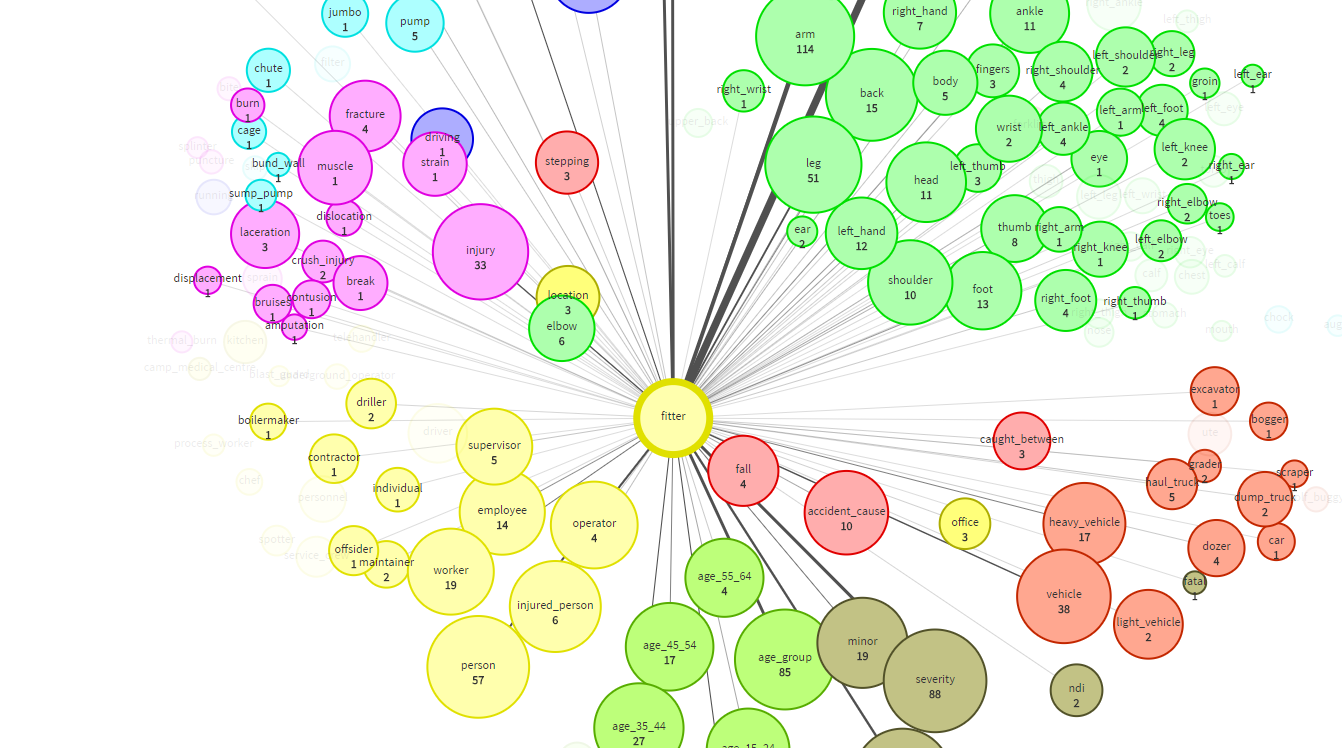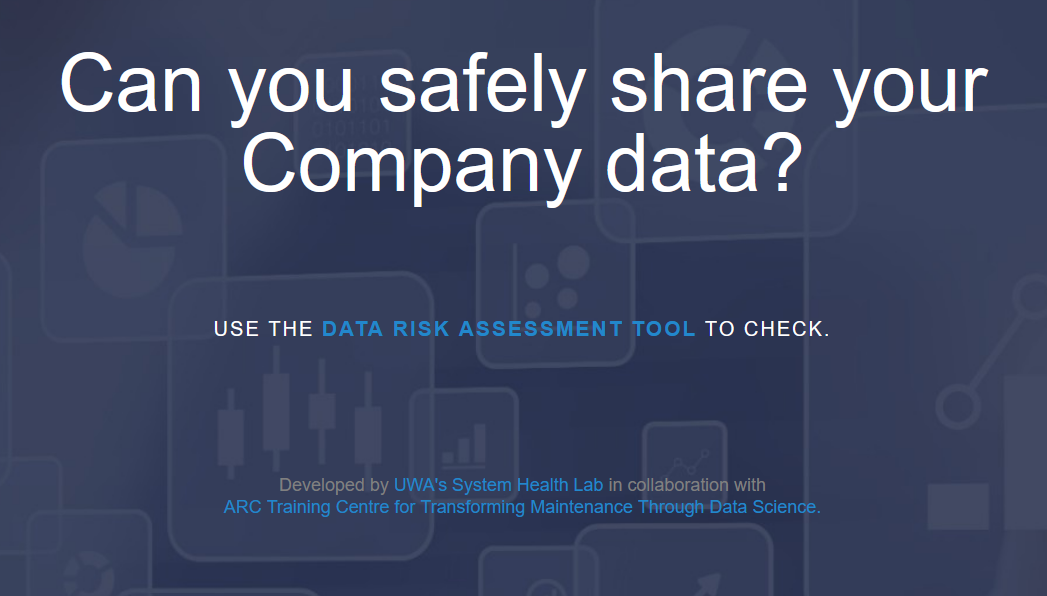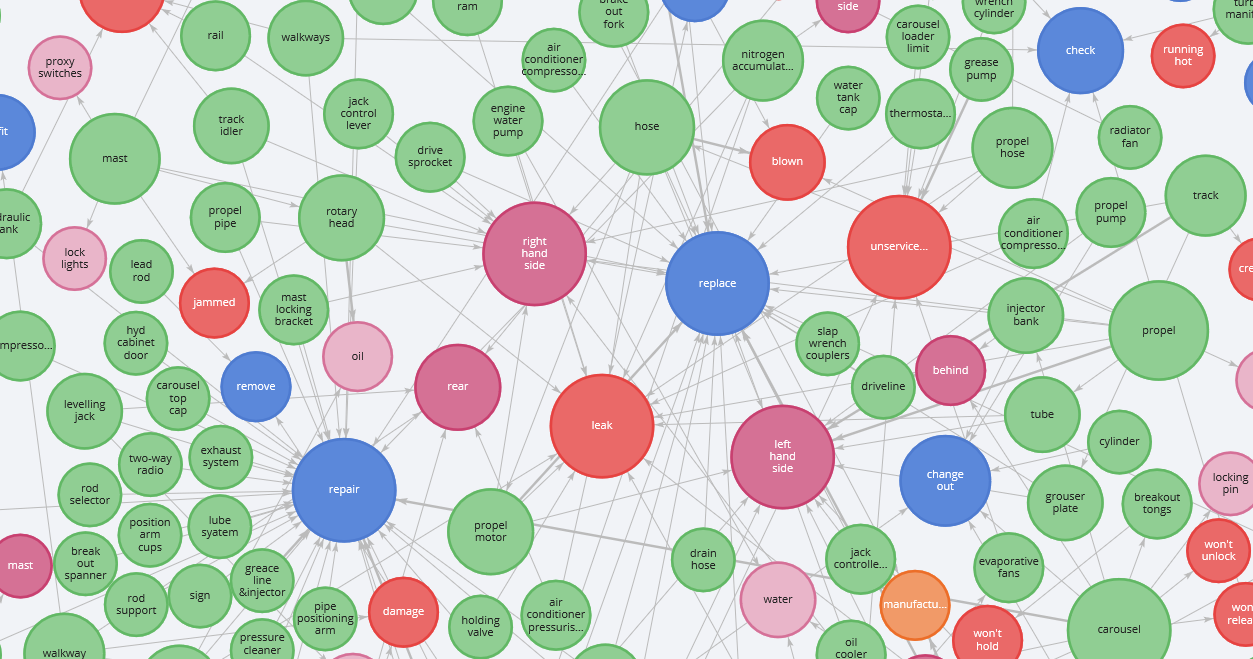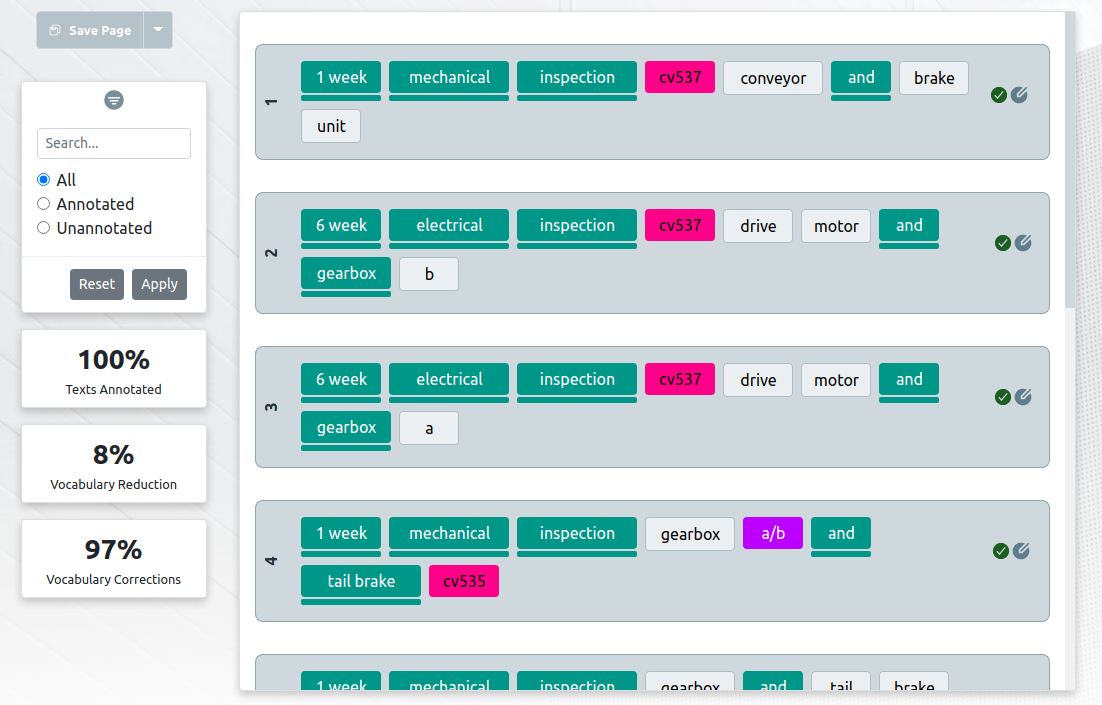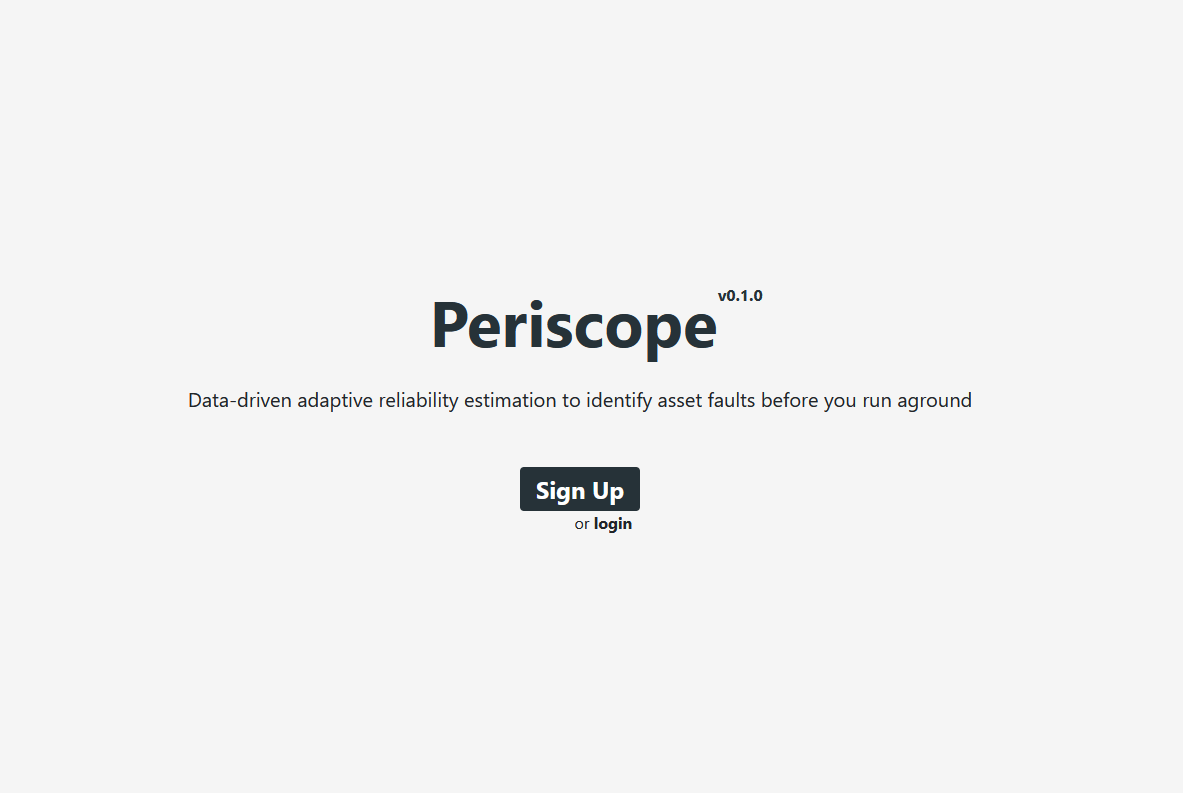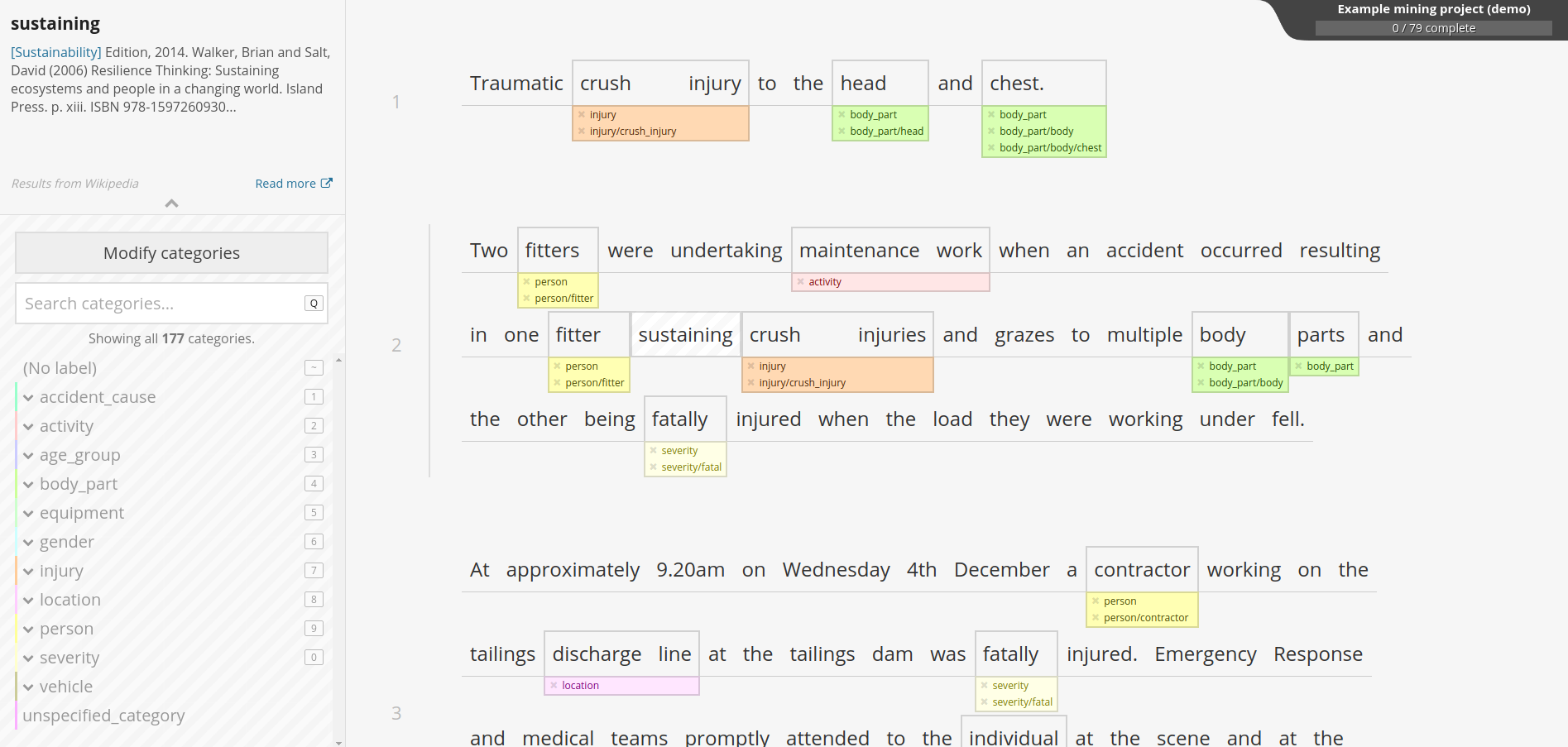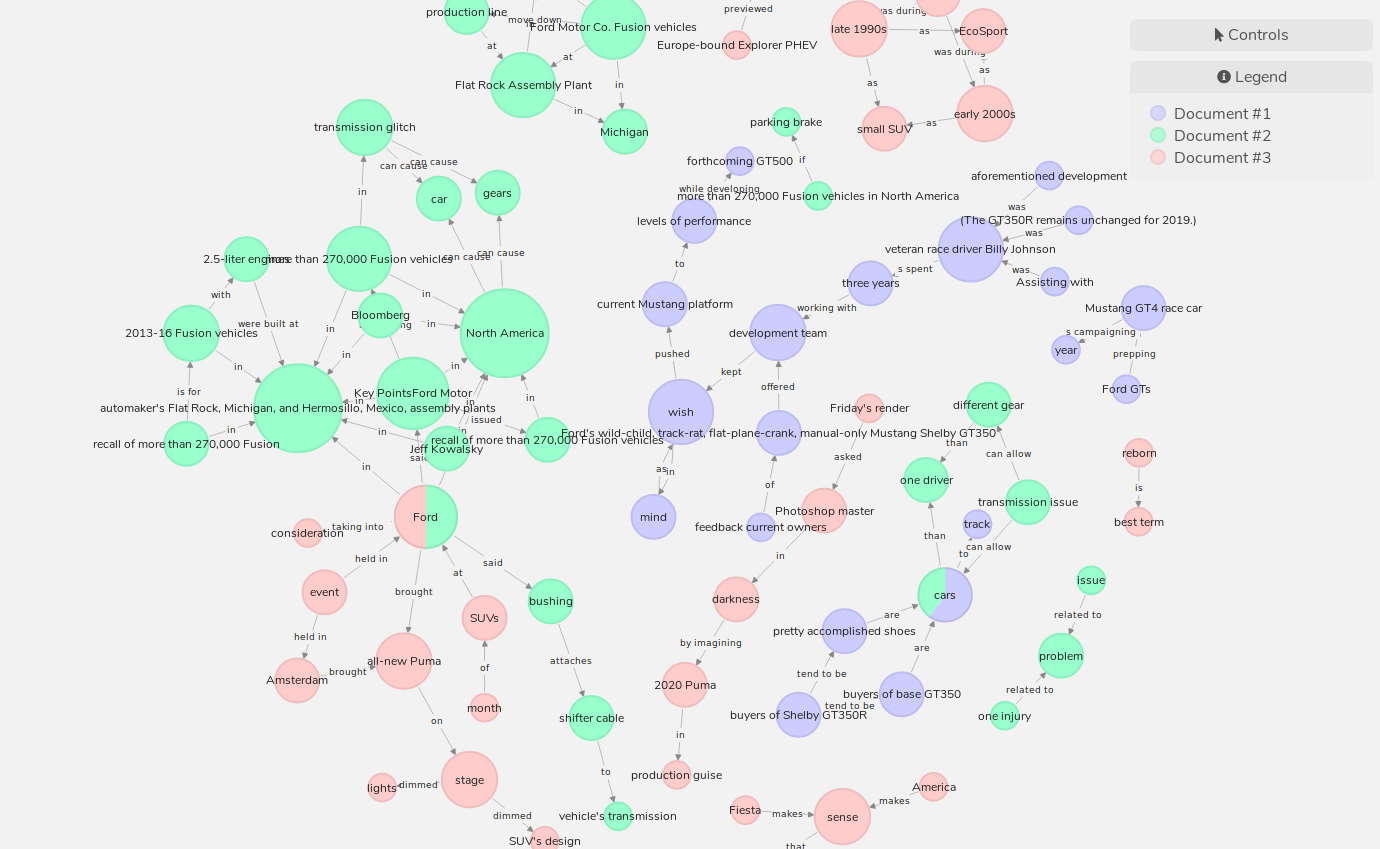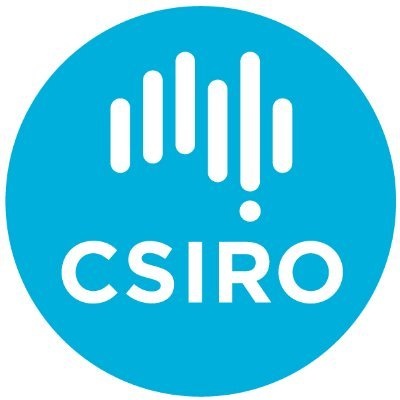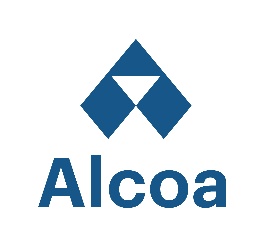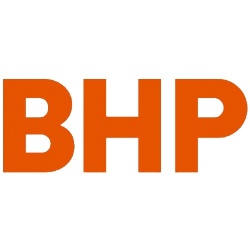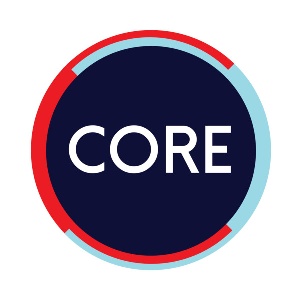Each time a maintainer interacts with equipment, a work order record captures in linguistic text their observations of the asset and a record of what was done, when, and how. These records contain unstructured text containing jargon, abbreviations, and incomplete data. Of primary interest are the needs to establish the as-found condition, the causality of failure regarding the failure mechanism and cause, and what maintenance work was done. This data is often in the work order texts but is not stored in a machine-readable way. These shortcomings lead to inadequate information about the asset condition, the failure cause and what work was actioned. As a result maintenance staff rely heavily on word-of-mouth and ad-hoc data exchange. The absence of standard schema for maintenance data representation hinders the ability to convert semantic meanings in the maintenance work orders into axiom based reasoning and useful information. We need to enable maintainers and the staff that support them to efficiently capture, retrieve, absorb, process and exchange knowledge about equipment and maintenance work.
Initial project areas for Theme 1 include:
Ontology for Maintenance
Data are key to the effective and safe maintenance of assets over their life cycle. This data is generated by, and drawn from, various sources such as maintenance management systems, design documentation, original equipment manufacturer manuals, process control systems, third party service providers, risk management assessments and failure investigations, to name just a few. However, due to the heterogeneity of data sources and diversity of data types, unlocking the real value of data and discovering the useful patterns of knowledge embedded in the maintenance data has always presented a major challenge. Ontologies can effectively address this challenge by semantic annotation, integration, consistency checking and organization of data. The aim of this project is to demonstrate automation of transactions involving data exchange about asset performance and maintenance work using interoperable and extensible ontologies.
Natural Language Processing of Maintenance records
Each time a maintainer interacts with equipment, a work order record captures in linguistic text their observations of the asset and a record of what was done, when, and how. Given that there are multiple technicians within an enterprise, the human-generated data is often inconsistent, error-filled, and replete with domain-specific jargon. If this data could be parsed, it could lead to determinations such as failure mode identification, rework, problem spot identification, and more accurate mean time to repair (MTTR) or mean time between failure (MTBF), which can lead to improved maintenance strategy, reduced risk of failure and improved maintenance efficiency. This project will develop novel natural language processing and machine learning approaches to achieve enable machine readability of maintenance records and use of the liberated data to support maintenance decision making.
A conversational interface for Maintenance Planners
Maintenance planning is a complex task. Each week the planner approves new work notifications, reviews work orders already on the backlog, reviews scheduled preventive maintenance work orders due in the next maintenance work cycle and from the resulting list prioritizes the tasks. High priority tasks are moved to the planning stage. For each task the planner needs estimates for the following types of questions: How long the job will take? How much and what types of labour will be required? What parts and materials will be required and do we have them on hand? What are the costs? What tools, equipment or other resources, including external contractors, will be required? What permits will be required? What are the job hazards and how will they be managed? The aim of this project is develop a dialog management system for knowledge capture and inference to enable semi-automated plan validation. In addition to computer science skills the PhD candidate should have HMI and UX interests and skills.
-
Page:
-
Page:An ontology for reasoning over engineering textual data stored inFMEA spreadsheet tables (...) —
Journal Article
Prof Melinda Hodkiewicz
Authors: Melinda Hodkiewicza,∗, Johan W. Klüwerb, Caitlin Woodsc, Thomas Smokerc, Emily Low
2021-05-27
-
Page:Cleaning and visualization of unstructured text in safety records (...) —
Conference Publishing
Dr Michael Stewart
Authors: Michael Stewart1, Wei Liu1, Rachel Cardell-Oliver1 And Mark Griffin
2020-11-01
-
Page:
-
Page:
-
Page:
-
Page:Digitalization and reasoning over engineering textual data stored in spreadsheet tables (...) —
Conference Publishing
Prof Melinda Hodkiewicz
Authors: Melinda Hodkiewicz, Johan W. Klüwer, Caitlin Woods, Thomas Smoker, Tim French
2020-12-18
-
Page:DRAT: Data risk assessment Tool for University-Industry collaborations (...) —
Journal Article
Prof Melinda Hodkiewicz
Authors: Sikorska, J., Bradley, S., Hodkiewicz, M. and Fraser, R.
2020-12-11
-
Page:
-
Page:Framework for Validation of Permanently Installed MEMS-Based Acquisition Devices Using Soft Sensor Models (...) —
Journal Article
Prof Melinda Hodkiewicz
Authors: A Bartels, E Cripps, A Keating, I Milne, B Travaglione, M Hodkiewicz
2020-07-28
-
Page:
-
Page:
-
Page:Pipeline for machine reading of unstructured maintenance work order records (...) —
Conference Publishing
A/Prof Wei Liu
Authors: Yiyang Gao, Caitlin Woods, Tim French, Melinda Hodkiewicz
2020-11-01
-
Page:
-
Page:Rethinking maintenance terminology for an industry 4.0 future (...) —
Journal Article
Prof Melinda Hodkiewicz
Authors: Melinda Hodkiewicz, Sarah Lukens, Michael P. Brundage, Thurston Sexton
2021-03-21
-
Page:
-
Page:
-
Page:Sensing system for low cost condition monitoring of remote assets (...) —
Conference Publishing
Prof Melinda Hodkiewicz
Authors: Aiden J.Ziegelaar, Ben C.Travaglione, Melinda R.Hodkiewicz
2020-12-18
-
Page:
-
Page:Technical Language Processing: Unlocking Maintenance Knowledge (...) —
Journal Article
Prof Melinda Hodkiewicz
Authors: Michael P. Brundage, Thurston Sexton, Melinda Hodkiewicz, Alden Dima, Sarah Lukens
2020-12-11
-
Page:Template Libraries for Industrial Asset Maintenance: A methodology for scalable and maintainable ontologies (...) —
Conference Publishing
Prof Melinda Hodkiewicz
Authors: Lupp, D.L., Hodkiewicz, M., and Skjæveland, M.G.
2020-11-02
-
Page:
-
Page:
-
Page:
-
Page:
-
Page:
-
Page:
-
Page:
-
Page:
-
Page:
-
Page:
-
Page:
-
Page:
-
Page:
-
Page:
-
Page:
-
Page:
-
Page:
-
Page:
-
Page:
-
Page:
-
Page:
-
Page:
-
Page:
-
Page:
-
Page:
-
Page:
-
Page:
-
Page:
-
Page:
-
Page:
-
Page:
-
Page:
-
Page:
-
Page:
-
Page:
-
Page:
-
Page:
-
Page:
-
Page:
-
Page:
-
Page:
-
Page:
-
Page:
-
Page:
-
Page:
-
Page:
-
Page:
-
Page:
-
Page:
-
Page:
-
Page:
-
Page:
-
Page:
-
Page:
-
Page:
-
Page:
-
Page:
-
Page:
-
Page:
-
Page:
-
Page:
-
Page:
-
Page:
-
Page:
-
Page:
-
Page:
-
Page:
-
Page:
-
Page:
-
Page:
-
Page:
-
Page:
-
Page:QuickGraph (...) —
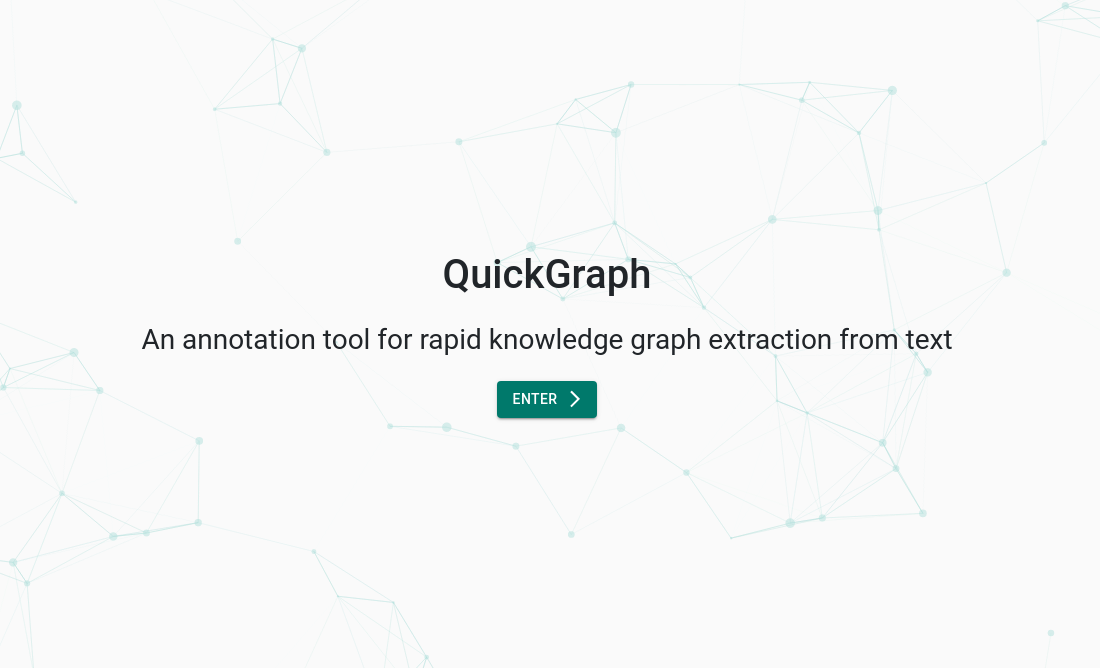
2020-01-31
A collaborative annotation tool for rapid multi-task information extraction for knowledge graph construction.
Theme 1
-
Page:
-
Page:
The Team
Lead
-
Page:
Chief Investigators
-
Page:
-
Page:
-
Page:
Partner Investigators
-
Page:
Research Fellows
-
Page:
-
Page:
PhD Students
-
Page:
-
Page:
-
Page:


